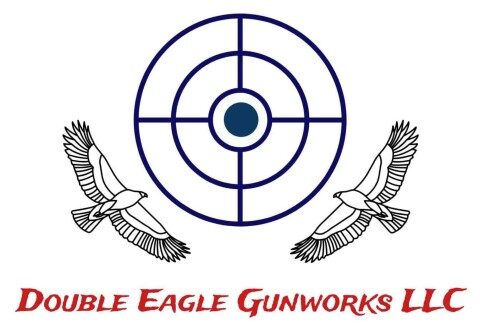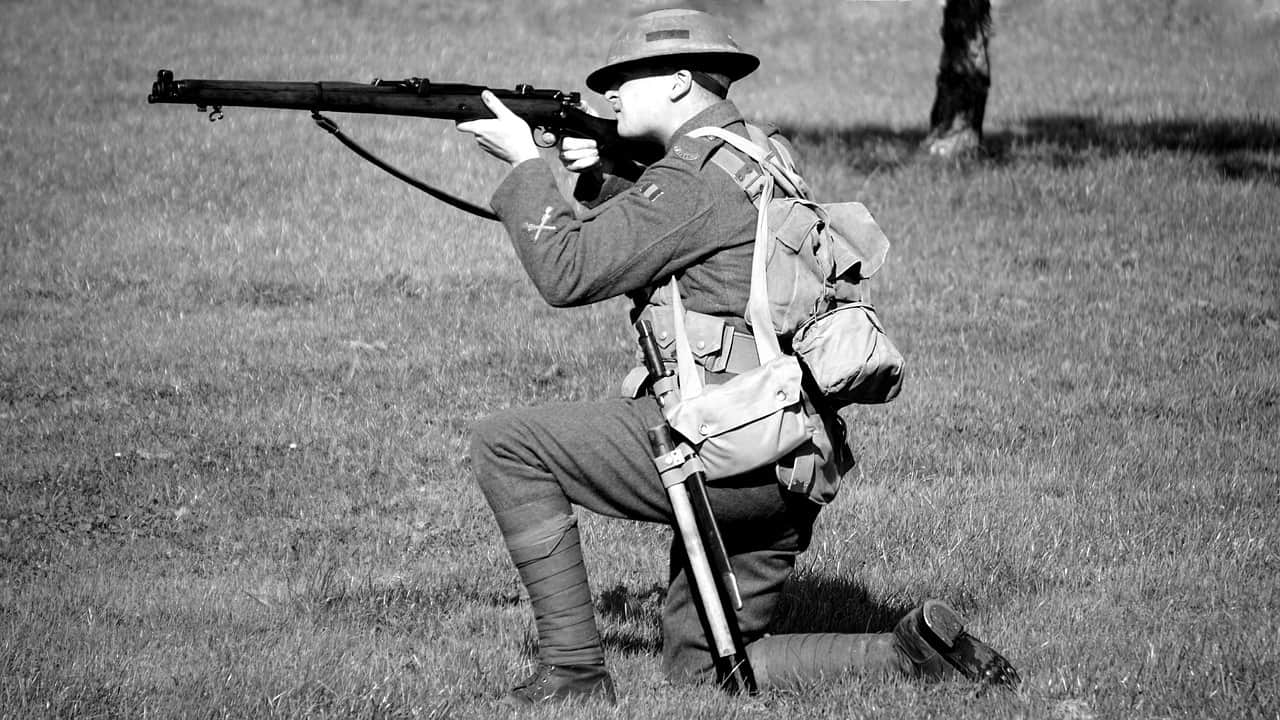Now that you have become aware of the possibilities, you are starting to wonder what it would feel like to hold a gun in your hand and shoot it. Will it hurt? Is it loud? Am I going to mess up?
- You may be nervous
- Your heart rate, blood pressure, and temperature may increase
- You will be surprised at the moment of the trigger break
- You will feel the recoil as a backward pressure on your hand
- You will hear a loud noise
- Your hands will move up and back, so hold them steady
- You will smell burning sulfur from the gunpowder
- You may see a puff of smoke or a flash of light from the muzzle
Get a friend with shooting experience to take you to your local gun store where you can actually hold an unloaded gun.
You may be surprised at the weight of the cold steel in your hands (or polymer, a lighter weight material). Let your friend show you how to rack a semi-automatic and open the cylinder of a revolver. It is reassuring to know where the bullets are and how they got there.
LOADING A SEMI-AUTOMATIC PISTOL
The first time you load and shoot a gun, get help from someone who is experienced with guns. This is a skill best learned with supervision.
Safety first: always point the muzzle of a gun in a safe direction. Check to make sure the chamber is empty. To load a semi-automatic pistol, you first remove the empty magazine from the grip by pressing the magazine release button, which is usually on the left behind the trigger.
Rack the slide by pulling it backward to ensure the chamber is empty. Set the gun down on a level surface with the muzzle pointing in a safe direction.
Using down-and-back thumb pressure to work a spring similar to the Pez candy dispenser you may have used as a child, load the cartridges into the magazine.
Pick up the pistol and insert the magazine into a cavity called the magazine well in the grip. It will click into place. Rack the slide all the way to the rear and let it go. The motion of the slide seats the cartridge in the chamber.
When you shoot, the spent cartridge will be ejected from the chamber on the right side. Be aware of its motion because it will be hot. After the last round is fired, the slide will automatically lock back on most semi-automatics.
LOADING A REVOLVER
To load a revolver, point the muzzle down in a safe direction to make it easier to drop in the rounds. Open the cylinder by pressing, pushing, or pulling the cylinder release on the left side behind the cylinder, depending on the manufacturer.
Swing the cylinder out and load each bullet into a chamber. Close the cylinder with your thumb and rotate it until it locks in place.
Unlike a semi-automatic, the revolver will retain the spent casings in the cylinder. To remove them, press the cylinder release and tilt out the cylinder. With the barrel pointed up in a safe direction, press the ejector rod to empty the cases.
With a basic understanding of the mechanics of the gun, have your friend take you to the range to shoot a few rounds. You will need eye protection in case of an empty round flying back in your direction and ear plugs or muffs to deaden the noise.
HOLDING THE GUN
Hold the gun with your shooting hand (probably your dominant hand) as high on the back strap as possible to minimize the impact of recoil.
Don’t let it get into the line of the slide of a semi-automatic because the slide will move when you shoot, creating the opportunity for a painful pinch. The back of the gun is firmly against the web between your thumb and forefinger.
The forefinger rests along the frame, pointing at your target. It does not enter the trigger guard until you are ready to shoot. The remaining fingers wrap around the grip, with the middle finger just below the trigger guard.
Your pinkie may rest on the grip, but if you have a small gun in a large hand the pinkie may be under the grip rather than on it. Wrap your thumb around the grip. Place the support hand around the shooting hand, with the support thumb overlapping the shooting thumb.
YOUR FIRST SHOT
Make sure you know where the target is and that no one is in the line of the shot. Point the gun in the right direction (never any direction but downrange when you are at the shooting range), focus your mind, and look down the barrel through the sights.
Focus on the front sight; the target and the rear sights will be a litte blurry. Keep the front sight midway between the posts on the rear sight and level with the top of the rear sight.
The target will be directly in line with the front sight. Sights come in different configurations: white dots rear and front, orange dot on the front with a black rear sight, and other combinations of colors and shapes. Night sights tend to be orange or green.
Now you are ready to put your finger on the trigger. Cock the hammer if necessary, and shoot!
HOW IT FEELS
The first sensation you are likely to notice is nervous tension. You are not sure what you are getting yourself into and it is natural to have more awareness of your heart rate and blood pressure, just like when you start any new activity that carries a lot of responsibility.
Recoil is the backward propulsion of the gun in response to the explosion as the bullet is forced out of the muzzle. Start with a gun that has minimal recoil because it will surprise you the first time.
A .22 is very light and has almost no recoil. A .45, in contrast, will make a big boom and you will definitely notice it.
Counterintuitive though it may seem, a bigger gun tends to have less kick than a smaller one loaded with the same size ammunition.
Smaller guns designed for easy concealment can be more difficult to shoot because of the added recoil, because the lighter body of the gun absorbs less of the motion.
My .38 revolver with a small frame and a short barrel packs a bit of a whallop, whereas my husband’s large frame revolver in the same .38 is barely noticeable.
After you shoot you will notice the smell of sulfur similar to fireworks or a burning match. There may also be a small plume of smoke that will clear quickly. You can shoot as many bullets in a row as your cylinder or magazine holds.
My little revolver holds five rounds. My husband’s 9mm handgun holds 17 with a magazine in place plus one in the chamber.
When I shot 50 rounds to qualify for my Concealed Weapons Permit (CWP), I was physically tired afterword, as if I had run a race or engaged in physical labor. This is because of the intense concentration required for a novice shooter.
You are also using the muscles of your arms, shoulders, back and abdomen. Even your legs are getting into the act by maintaining a proper shooting stance.
Try it! You might just find that you love it.
Watch the Double Eagle Gunworks channel on Youtube.
We are compensated when you use our affiliate links.


